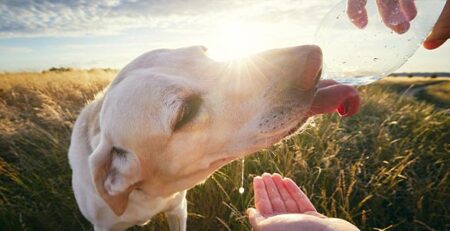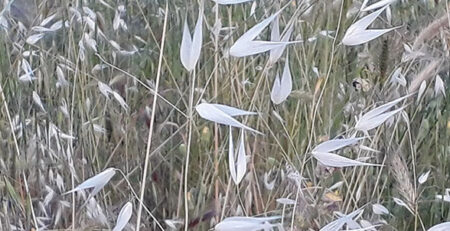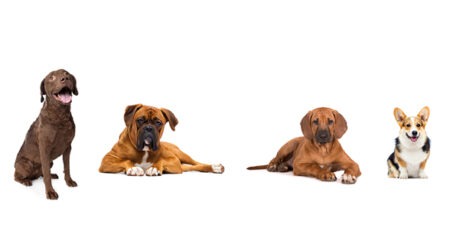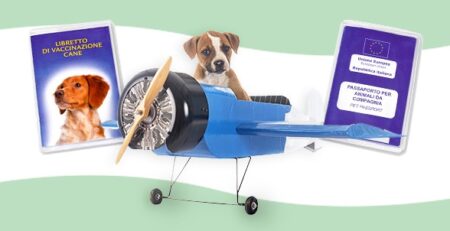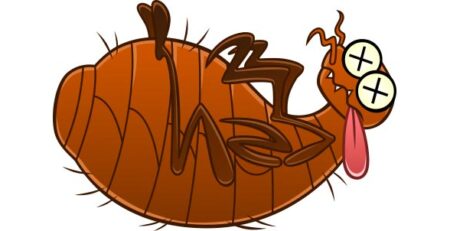Table of Contents
American Staffordshire Terrier (Amstaff) and Pitbull: the differences
American Staffordshire Terrier (Amstaff) and Pitbull turn out to be indistinguishable to most people, and this basically depends on a few reasons.
First of all, the Pitbull is not, to date, recognized by the International Kennel Federation (FCI) and ENCI (Ente Nazionale Cinofilia Italiana) as a true breed, so there is no defined standard and the dogs do not have pedigrees.
So, the Pitbull has a very high morphological variability.
In the United States, on the other hand, the American Pitbull terrier is recognized by two major associations (UKC, ADBA) that have drafted two different standards.
Then the American Staffordshire is in turn derived from a selection of Pitbulls of small size and mild temperament.
To learn about the history of the birth of these magnificent dogs, it is necessary to go back in time to the British Isles of the 1600s.
In the beginning were Bull Baiting: warrior mastiff dogs, fighters and gladiators
In the British Isles, fights between bulls and dogs, usually mastiffs called “bull baiting“, were an unfortunately widespread practice.
Bull baiting dogs were physically powerful but not very agile, and to obtain snappier specimens, the British began to cross mastiffs with hunting terriers.
Out of these crossbreeds came the first“Half and Half” or half and half, who were able through their marked speed to easily elude the bulls.
It did not take long, however, for bullfighting to switch to dogfighting until Britain officially outlawed this barbaric and odious practice in 1835.
Unfortunately, fighting continued clandestinely in arenas (“pit” in English) until it reached the United States of America, where Pitbull selection continued.
From England to America
Beginning in 1845, some breeders crossed Half and Half with Irish Bull terriers, resulting in new individuals that were better adapted to stand alongside humans.
These dogs came to be called Pit Bull Terriers or American Bull Terriers and later Yankee Terriers.
The American Pitbull breed was officially recognized in 1898 by the UKC (United Kennel Club) and later also by the ADBA (American Dog Breeder Association) with two different standards.
TheAKC (American Kennel Club), opposed to fighting, did not want to recognize the Pitbull breed but selected from them the individuals with the most docile and least reactive traits, recognizing the Amstaff in 1936.
A committee chaired by Wilfred T. Brandon chose Colby’s Primo (Colby’s Brandy x Colby’s Mable) owned by John P. Colby as the model standard for the “Staffordshire Terrier.”
In addition, when describing the Amstaff standard, the AKC decided to remove the term “pit” from the nomenclature to avoid reference to the sad past related to arena fighting.
The name “Staffordshire Terrier” was changed, on January 1, 1972, to American Staffordshire Terrier so that it could not be confused with the English Staffordshire Bull Terrier, from which it differed in weight and height.
Pit bull and American Staffordshire terrier standards.
The biggest difference is in the proportions: compact and heavy the American Staffordshire, slim and light the Pitbull.
The UKC Pitbull is a medium-sized dog with a strong, stocky body that is longer than it is tall, muscular but lean and long-limbed.
Weight varies between 17/28 kg for males and 15/26 kg for females.
Height, on the other hand, varies from 45 cm at the withers to 54 for males and 40 cm to 51 cm for females.
The AKC Amstaff, on the other hand, is generally more muscular and stocky than the Pitbull, although it maintains great agility.
It is a medium-sized, sturdy dog with a compact body and a large head.
The muzzle is generally square with powerful jaws; the skull base is very wide and the nasal passage is very short.
males generally reach a height of 46-48 cm while females 43-46 cm.
The truffle can only be black, while in the Pitbull it can take on any color: among fans of the breed the most famous are the Pitbull Red Nose and the Pitbull Blue Nose.
Uncontrolled breeding of Pitbulls and American Staffordshire: a real mess
In Europe, in the absence of pedigrees and in the face of uncontrolled and, moreover, homegrown breeding, it is often impossible to know how much of Amstaff and how much of Pitbull there is in a puppy.
As a result, it becomes extremely difficult to delineate general motivations for each of the two races.
The Amstaff has a very similar character to the Pitbull: both possess the power of the mastiff and the determination of the terrier.
Physical activity for them is never enough and they enjoy themselves like crazy between runs and walks, always energetic and eager to get moving.
Although they are competitive and possessive, they also possess a tender side; they are extremely sensitive, patient, cooperative and love to share cuddling and relaxing moments with their human companions.
Low social motivation makes them misunderstood dogs
Conversely, however, they are generally disinclined to interact with other dogs or animals because of low social motivation.
But then again, what could we expect from dogs selected to fight?
And certainly, this characteristic does not depend on them but on those who so desired and created them.
This nature of theirs often makes them victims of misunderstanding and mismanagement to the point that the number of Pitbulls and Amstaffs ending up in kennels is always increasing from north to south.
And we know perfectly well that kennels are places where the psychological condition of already deprived dogs can only get worse.
Pitbulls and Amstaffs are not aggressive or even dangerous, and anyone who says so is ignorant
Pitbulls and Amstaffs bond deeply with humans and are more than suitable for living in families as long as they are managed consciously, taking breed motivations into account.
In this regard, it is appropriate that even children, well-behaved by their parents, know how to behave well in the presence of the animal and respect it without abusing its patience.
It is basic to want to establish balanced and healthy relationships also by getting help from experienced dog educators who teach humans (not dogs, let’s be clear) what they need, how to behave with them, how to gratify them, what to do and most importantly, what not to do.
When we hear about pit bulls that have attacked people, the triggers generally are:
-absence of supervision by owners
-situations of tension underestimated and not properly handled in the presence of stressful or perceived threatening stimuli.
A completely undeserved and unfounded name
Pit bulls and Amstaffs can become as aggressive and dangerous as specimens of other breeds, and the sad name surrounding them is completely undeserved.
The real danger is the ignorance of those who adopt or buy them, inciting them to aggression and competition, underestimating the importance of socialization from puppyhood and relegating them to the role of guard dogs in deprived conditions.
Therefore, it is best to avoid getting a Pitbull or Amstaff if you then do not have the opportunity to give it the proper attention.
This is a concept that applies to any animal.
The diseases for which Pitbulls and American Staffordshire are at risk.
Given their strong physiques, Pitbulls and Amstaffs also need to follow a balanced diet to prevent them from gaining weight.
In fact, they often have a tendency to become overweight by developing those diseases caused by overweight and obesity.
It is always good to determine with your veterinarian which foods to prefer so as to avoid nutritional deficiencies or imbalances.
If you would like to have your Amstaff or Pitbull checked out or request a consultation with our experienced Feeding Veterinarians, contact us to schedule an appointment.
We would also like to remind you that Clinica La Veterinaria is always open h24 every day including holidays and with First Aid service from 8 pm to 8 am.




